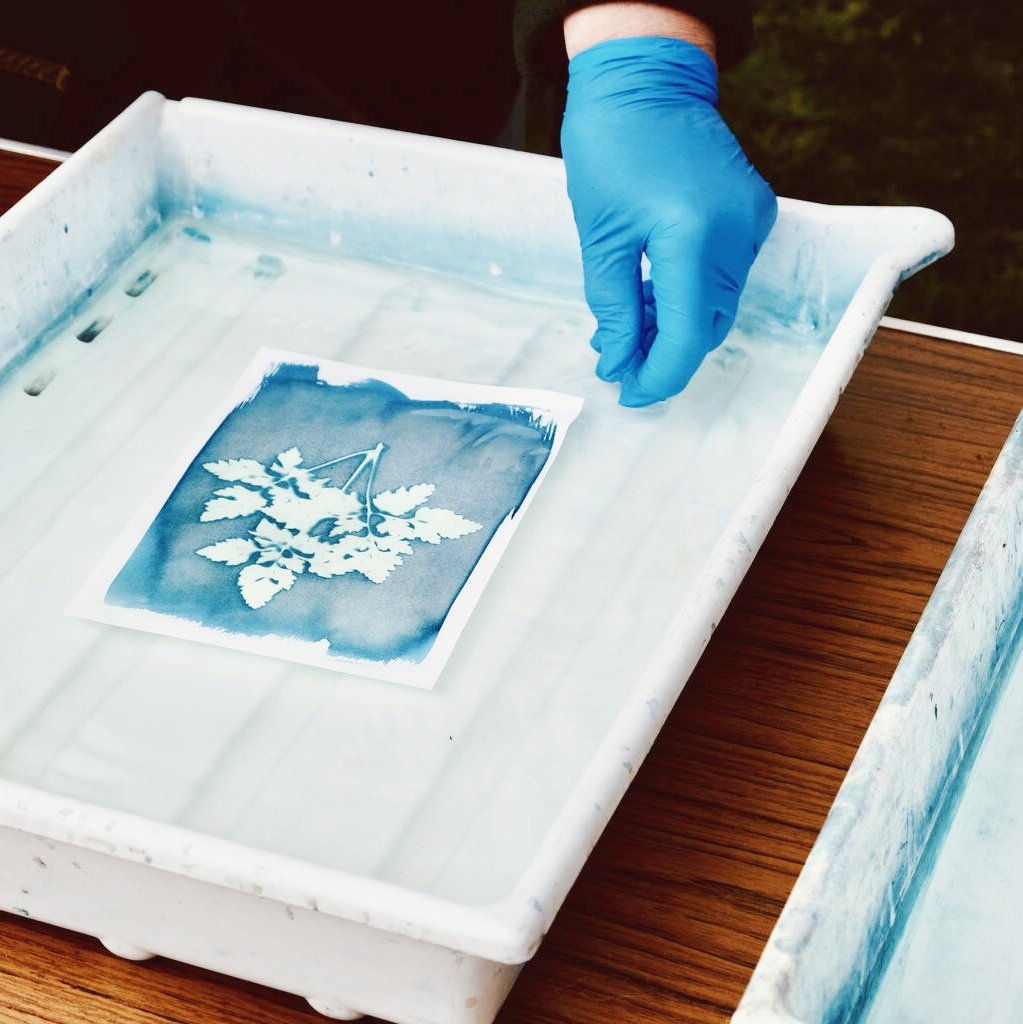When it comes to choosing the right ink for printing on fabrics, especially dark ones, numerous considerations come into play. Among the various options available, grey plastisol ink stands out due to its versatility and durability. This article delves into the suitability of grey plastisol ink for printing on dark fabrics, exploring its characteristics, advantages, and comparisons with other inks such as green metallic plastisol ink. By the end, you’ll have a comprehensive understanding of whether grey plastisol ink is the right choice for your printing needs.
Understanding Grey Plastisol Ink
Grey Plastisol Ink: The Basics
Grey plastisol ink is a type of ink commonly used in screen printing. Unlike water-based inks, plastisol inks are thick and paste-like, requiring heat to set and cure onto the fabric. Grey plastisol ink’s opacity and coverage capabilities make it an excellent choice for printing on dark fabrics. The ink’s pigmentation is dense, ensuring that the final print stands out without being affected by the fabric’s color.
Composition and Durability
Grey plastisol ink is composed of plastic resin, pigments, and additives. Its plastic base allows it to maintain flexibility and durability, even after being exposed to wear and tear. This resilience makes grey plastisol ink a preferred choice for printing on garments such as T-shirts, where frequent washing and physical stress are common.
Printing Grey Plastisol Ink on Dark Fabrics
Opacity and Coverage
One of the primary benefits of using grey plastisol ink on dark fabrics is its opacity. Dark fabrics can sometimes be challenging to print on because lighter inks may not cover well, resulting in the fabric’s color showing through. Grey plastisol ink’s high opacity ensures complete coverage, making the print clear and distinct against the fabric.
Color Consistency
Consistency is crucial in any printing process. Grey plastisol ink offers reliable color consistency, ensuring that each print matches the desired shade. This predictability is essential for branding and maintaining a professional appearance across all printed materials.
Application Techniques
When printing grey plastisol ink on dark fabrics, screen printing is the most common method. Screen printing allows for precise application, ensuring that the ink is evenly distributed across the desired area. Proper technique, including the use of high-quality screens and squeegees, further enhances the print’s quality and durability.
Comparing Grey Plastisol Ink with Other Options
Green Metallic Plastisol Ink
While grey plastisol ink is a versatile choice, other options such as green metallic plastisol ink offer unique aesthetics. Green metallic plastisol ink adds a shimmering, reflective quality to prints, making it ideal for creating eye-catching designs. However, metallic inks can be more challenging to work with, requiring specific techniques and equipment to achieve the desired effects. Additionally, metallic inks may not offer the same opacity and coverage as grey plastisol ink, particularly on dark fabrics.
Water-Based Inks
Water-based inks are another alternative but come with their own set of pros and cons. These inks are generally more environmentally friendly and require less energy to cure. However, they may not provide the same durability and opacity as grey plastisol ink. Water-based inks are also more susceptible to fading and wear, especially when used on dark fabrics that receive frequent washing.
Disperse Dyes
Disperse dyes are another option for printing on dark fabrics, particularly synthetic materials like polyester. These dyes offer vibrant colors and good coverage but require specialized equipment and expertise to apply. Disperse dyes also have a different feel and handle compared to plastisol inks, which can affect the final product’s appearance and durability.
Grey Plastisol Ink on Specific Fabrics and Garments
Grey Plastisol Ink on Shirt
Printing grey plastisol ink on shirts, especially dark ones, is a popular application. The ink’s opacity and durability make it ideal for creating lasting impressions on T-shirts, hoodies, and other garments. Whether you’re printing logos, graphics, or text, grey plastisol ink ensures that the design remains clear and vibrant over time.
Other Fabric Types
Grey plastisol ink’s versatility extends beyond cotton and polyester shirts. It can be used on a wide range of fabrics, including denim, canvas, and even some types of leather. However, it’s essential to test the ink on a sample of the fabric before committing to a large-scale print to ensure compatibility and desired results.
Addressing Common Concerns and Myths
Curing and Washability
One common concern with grey plastisol ink is its curing process. Proper curing is crucial to achieving the ink’s full durability and color vibrancy. Using a conveyor dryer or flash dryer ensures that the ink is evenly heated and set correctly. Once cured, grey plastisol ink is highly washable, maintaining its appearance even after multiple washes.
Environmental Impact
The environmental impact of plastisol inks has been a topic of debate. While traditional plastisol inks contain PVC, which can be harmful to the environment, advancements in ink technology have led to the development of eco-friendly options. These inks use biodegradable or recyclable materials, reducing their environmental footprint. When choosing grey plastisol ink, consider opting for eco-friendly versions to minimize your carbon footprint.
Real-World Applications and Case Studies
Success Stories
Numerous businesses have successfully used grey plastisol ink to print on dark fabrics. From streetwear brands to corporate apparel providers, grey plastisol ink has proven its worth in creating high-quality, durable prints. Case studies and customer testimonials highlight the ink’s ability to maintain vibrancy and clarity even after extensive wear and washing.
Innovative Uses
Beyond traditional printing applications, grey plastisol ink has also been used in innovative ways. For instance, it can be combined with other inks to create custom color palettes or used in multi-layer printing techniques to achieve unique textures and effects. Its versatility allows for endless creative possibilities.
Conclusion
In summary, grey plastisol ink is an excellent choice for printing on dark fabrics. Its opacity, durability, and color consistency make it a reliable option for creating lasting impressions on a wide range of materials. While other inks such as green metallic plastisol ink offer unique aesthetics, grey plastisol ink’s practicality and performance make it a go-to choice for many printing professionals. Whether you’re printing on T-shirts, denim, or other fabrics, grey plastisol ink ensures that your designs stand out and stay put.



